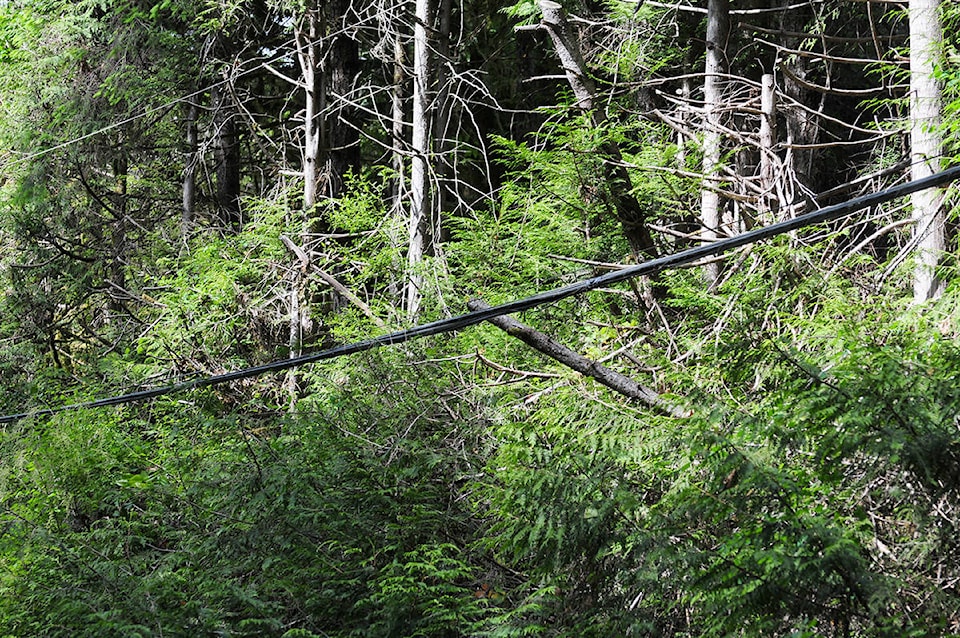Sooke and the rest of the Greater Victoria Area can expect a scattered weather pattern for the next couple of weeks due to a westerly flow coming across the Pacific and into the South Coast.
Much of the higher winds are caused due to Juan de Fuca Strait channelling all the westerly winds, which is why Sooke especially tends to feel a lot more of the westerly winds, said Cindy Yu, a meteorologist with Environment Canada.
“The only thing we really have right now is a strong wind warning for the Juan de Fuca Strait, as we are expecting the westerly wind, 15 to 25 knots, or 30 to 50 kilometers per hour to last through most of today,” Yu said.
Downtown Victoria reported 40 to 60 km/hr gusts yesterday in the afternoon hours, while stronger winds over water but slightly less over land and Sooke came west from Victoria.
What you can expect is similar conditions of the 40 to 50 km/hr winds to persist, Yu added, probably slightly stronger in the afternoon and morning hours. The westerly wind will diminish throughout the overnight period into Wednesday morning.
This type of weather is certainly not that unusual, but it has been a wet and gloomy spring throughout most of B.C. For Victoria, for the months of April, March and May, temperature was 9.2 C (the normal is 9.3 C) so not too far off.
Overall rain in Victoria, South Island and Lower Mainland has been well above average however. In the same three month period, Victoria received 260.7 mm of rain as opposed to the normal average of 164.4.
“That’s 158.6 per cent of the normal, and that makes this past spring the second-wettest on record,” Yu said, adding other places like Vancouver had the wettest spring on record.
In many ways, it’s not even the temperature that’s making us feel cold, but more so the gloomy weather, Yu added.
“We’ve had such a long stretch of wet and cloudy weather that it feels cooler, but the average weather is not that bad.”
For the time being and slowly inching into summer the westerly flow will hang around for the remainder of June, potentially for the first week of July, which is normal for the season temperature and precipitation.
There will also be a couple of spring showers and temperature will sit around the 18 to 20 C mark on average, but that can still change.
“We are transitioning in summer months and dry months since we’ve had such a wet spring, we have a moderate chance of having a warmer than normal summer.”



